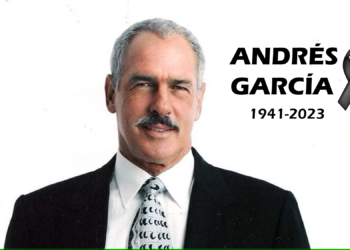Britain’s Got Talent audiences were bowled over by young Julia Carlile when she appeared on the show with her dancing troupe, the Merseygirls. After performing their routine, she told the judges that she suffered from scoliosis, which is a curvature of the spine.
And now Julia has made her first public appearance since completing spinal surgery – paid for by BGT judge Simon Cowell – at the National Reality Television Awards with her fellow Merseygirls. She donned a navy blue dress and black high heels and was all smiles in front of the cameras.
But in an interview on ITV’s This Morning, Julia has revealed it was a long journey to get to that red carpet event following the procedure.
She said: “It has been really hard, probably one of the hardest things I’ve ever done. I just decided I’m going to get better now, because I just want to dance.”
Asked where she’d be without the operation, she frankly admitted: “I’d probably be a mess because knowing I’m not going to dance again, I’d be like ‘What do I do now?'”
The reality TV competition was her last chance at raising enough money to go to the US for an operation, which would hopefully prevent her from losing the ability to dance. Despite the troupe not taking out the top prize, the 15-year-old was shocked when Simon announced he’d pay for the operation, which cost a whopping £175,000 ($236,147).
The TV judge and entrepreneur told the Merseygirls: “You know when we met, when we did the auditions…I was thinking, ‘there’s a reason why you came on this year’, because I promise you this: whatever happens, we’ll make sure you’re in a great place.
“I promise you.”
Julia revealed Simon approached her afterwards and told her he would make sure there was every possibility that she could dance again. The teenager told the Liverpool Echo: “He didn’t have to do it and he has changed my life. There are no words to thank him for how grateful we are. It’s just unbelievable.”
Her surgeon Dr. Darryl Antonacci also told This Morning: “This surgery comes in from the side – instead of a metal rod, we put [in] a flexible cord and that flexibility of the cord allows you to correct the curve – basically like cinching a belt – but then it maintains flexibility.
“She’s handled it like a gem, she always has a smile on her face.”
Good on her.









